From quantum sensors to AI-enhanced optics, scientists and fringe technologists believe we’re on the cusp of building machines that can peer into hidden realities — and perhaps glimpse those who’ve passed on.
By Michael Moats
The Next Leap in Dimensional Tech
In a dimly lit lab beneath the Swiss Alps, a glassy orb the size of a basketball pulses with blue light. It looks unremarkable — yet to some physicists, it might be the first window into a hidden world.
Last month, a research team at the European Quantum Imaging Initiative (EQII) announced a prototype “quantum coherence sensor” that can detect entangled particles at unprecedented distances. Using ultra-cold superconductors and machine-learning algorithms that filter quantum noise, the device picks up subtle fluctuations that standard instruments overlook.
“This is like going from a pinhole camera to a modern telescope overnight,” says Dr. Anna Reiter, lead researcher at EQII. “It’s still primitive, but the implications are huge.”
Reiter’s team is cautious not to promise what the tabloids already have: a literal “portal” to parallel universes or the afterlife. But in the corridors of quantum research labs and AI startups, a new whisper is growing louder: What if we’re closer than we think to seeing things that were once only the stuff of mystics and mediums?
A Brief History of the Unseen
Humanity has always longed to see what lies beyond. In the 19th century, spiritualism swept through Victorian parlors with candle-lit séances, “spirit photography,” and table-rapping mediums. Skeptics exposed fraud, yet the idea stuck: the dead were just out of sight, and maybe all we needed was the right lens.
Then came X-rays in 1895. Overnight, hidden layers of reality — bones inside flesh — became visible. Wilhelm Röntgen’s discovery gave the world its first taste of peering into the unseen, inspiring early physicists and science fiction writers alike.
In the 20th century, the dream shifted from ghosts to dimensions. Albert Einstein’s general relativity bent space and time into curves; quantum mechanics hinted at particles “entangled” across vast distances. By the 1970s, string theory proposed a universe woven with ten or eleven dimensions, curled up like tiny threads beyond human perception.
Even pop culture latched on. From “Stranger Things” to Marvel’s multiverse epics, our collective imagination pulses with questions: What if other dimensions touch ours? What if the dead linger just beyond a thin, vibrating veil?
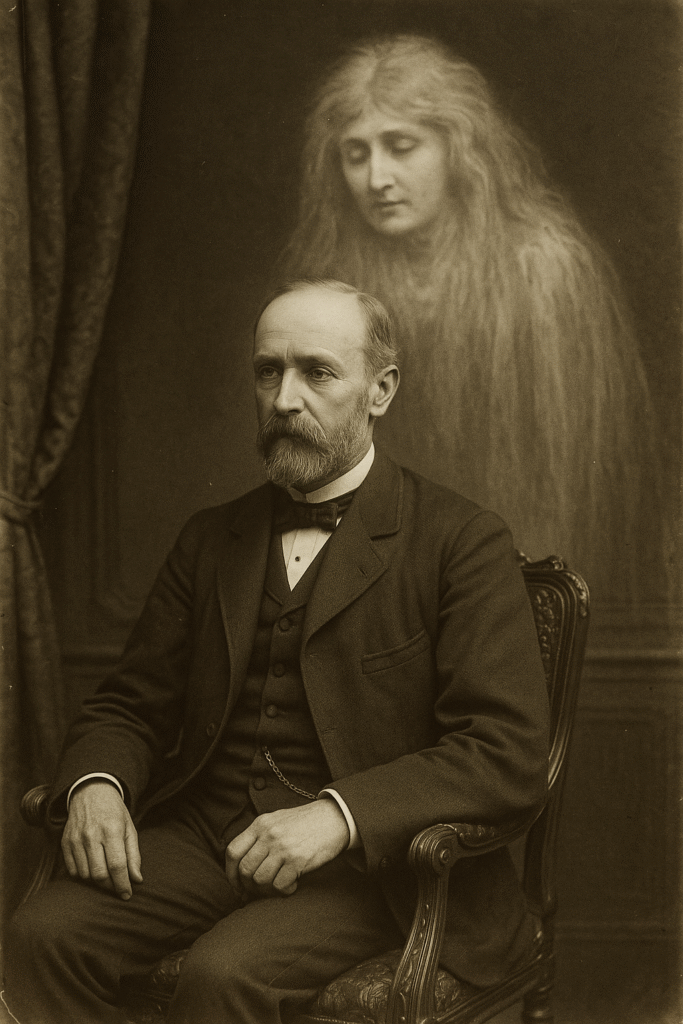
How Science Sees Other Dimensions Today
For serious physicists, extra dimensions are not ghost stories — they’re testable ideas, however tricky to prove.
String theory and brane theory suggest our four-dimensional world (three of space, one of time) could be a “brane” floating in a higher-dimensional “bulk.” Like pages in a book, these branes might be stacked alongside each other. Sometimes, they could even brush together — a cosmic event that some speculate might explain big bangs or black holes.
But seeing them? That’s the problem. “The energy required to detect extra dimensions is astronomical,” says Dr. Raj Patel, a theoretical physicist at Caltech. “We’re talking particle accelerators far beyond what CERN can do now.”
Yet not everyone is so conservative. A fringe group of quantum researchers thinks there might be subtle, indirect ways. Quantum entanglement — what Einstein called “spooky action at a distance” — might hint at hidden corridors connecting distant points. Some suggest strange “quantum noise” could be signatures of particles leaking between dimensions.
And then there’s simulation theory: the idea that our reality could be a coded layer within an even larger, hidden system. If so, the ‘unseen’ might be glitches, overlaps, or intentional barriers in the program. Detecting them would require not just physics, but advanced computation.
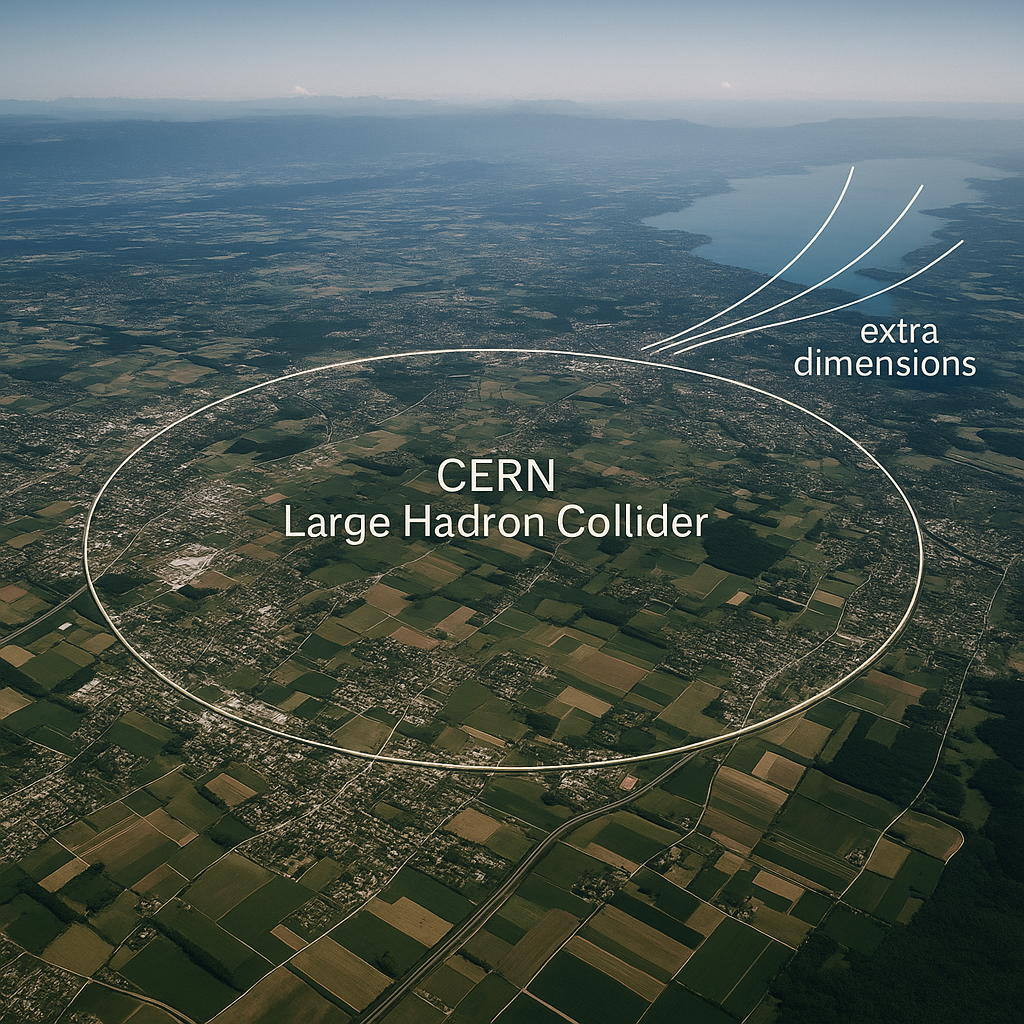
Technologies Pushing the Veil Aside
Over the last decade, three fields have collided in unexpected ways: quantum sensing, advanced optics, and artificial intelligence.
Quantum Sensors: These ultra-sensitive instruments can detect infinitesimal changes in energy fields, vibrations, or particle interactions. Quantum radar, originally designed for stealth aircraft detection, can pick up signals that bounce through dense materials.
Hyperspectral and Terahertz Imaging: Scientists now use cameras that see in dozens — even hundreds — of bands beyond visible light. Some claim these can reveal biological processes invisible to the naked eye. Ghost hunters, for example, swear by infrared cameras capturing faint heat signatures they attribute to spirits.
AI Pattern Recognition: Here’s where things get weird. Feed thousands of hours of “noise” into a self-learning model and it may spot patterns we’d miss — a faint flicker, an anomaly in a LIDAR scan, a glitch in a quantum data stream. “AI is like giving the subconscious mind a microscope,” says Dr. Farah Liu, who studies machine learning for physics anomalies. “It can see what our brains filter out.”
Even the DIY crowd is getting involved. Online forums buzz with amateur tinkerers wiring together EM field detectors, VR headsets, and EEG monitors, hoping to build a “technological spirit medium.” Most find nothing but static. But a few believe they’ve glimpsed outlines — shadows that slip just outside normal perception.

Meet the Fringe Pioneers
It’s not just universities pushing the edges. Fringe technologists, startups, and even rogue millionaires are pouring money into “veil-piercing” ideas.
Take Liminal Labs, a stealth startup in San Francisco blending quantum coherence sensors with VR. Their pitch: one day, you’ll step into a room-sized dome, slip on a neural headset, and your brainwaves will sync with quantum noise data. The goal? To “tune your mind” to hidden realities — what some call a technologically induced shared hallucination.
Or Project Avalon, a private group of former CERN physicists, funded by an anonymous tech billionaire. Rumored to be building an “entanglement telescope,” Avalon claims they can detect particles that interact with higher-dimensional fields.
Of course, critics say this is fringe at best, scam at worst. But history is full of examples — from Tesla’s wireless power dreams to CRISPR gene editing — of radical ideas dismissed until suddenly they weren’t.
Could We See the Dead?
If other dimensions exist, could they hold the spirits of the deceased? Or would we only find physics, not phantoms?
Science generally says no: there’s no evidence that consciousness survives death in any measurable form. Yet the human brain is a powerful pattern machine, capable of conjuring vivid hallucinations of loved ones. Combine that with emerging tech, and the lines blur.
Already, “grief tech” startups offer AI chatbots trained on a deceased person’s texts and social posts. Some companies build deepfake video calls where a digital version of your grandmother can chat with you in her old kitchen.
“This is more than a digital Ouija board,” says Dr. Elina Mercado, an AI ethicist. “It’s emotional terra incognita. Are we comforting the bereaved — or feeding delusions?”
Imagine adding quantum sensors or VR hallucination rooms to the mix. If you could step into a chamber, slip on a headset, and see an AI-driven projection woven with random noise — would you believe it was Grandma waving back?
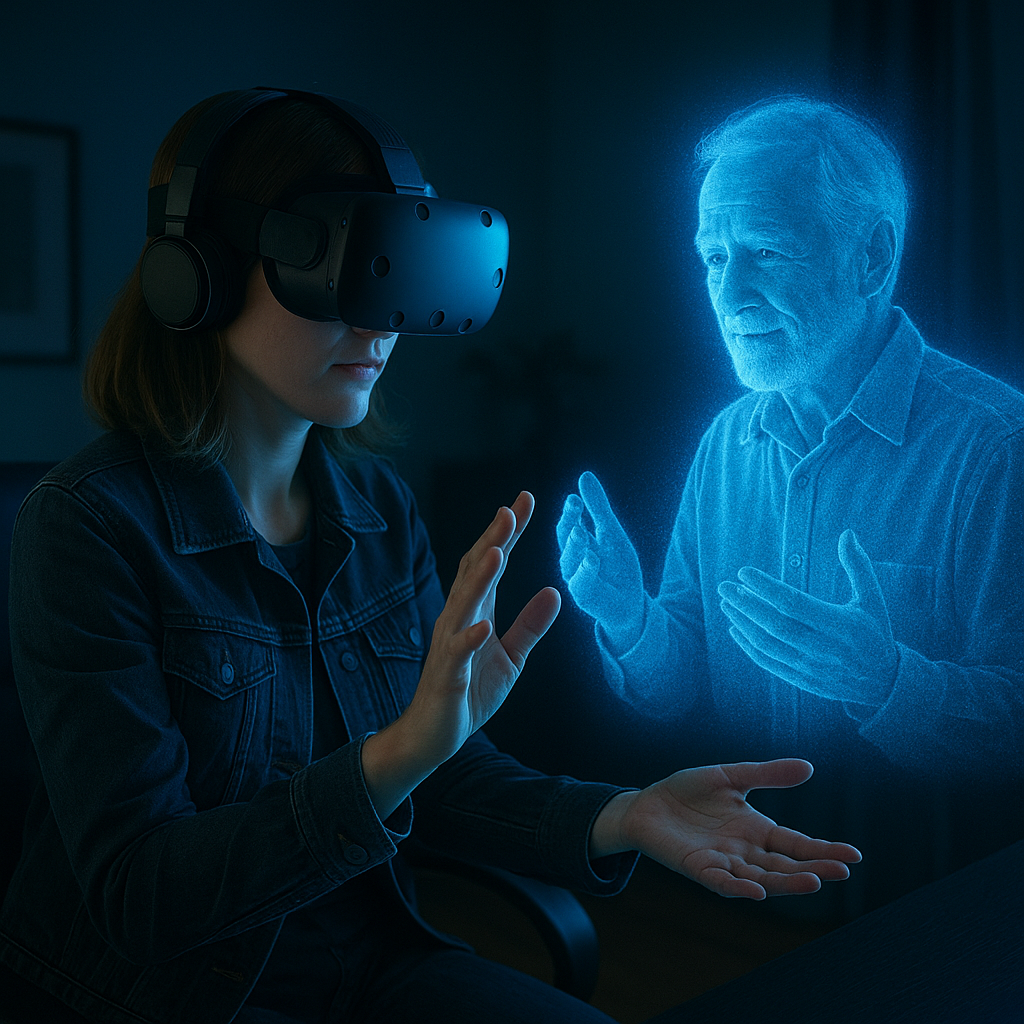
The Ethical and Existential Dilemmas
The thought of peering beyond the veil raises unsettling questions.
Religious leaders warn that technological contact with the ‘other side’ could cheapen spiritual traditions. “For centuries, we’ve taught that some mysteries are sacred,” says Father André Bautista, a Catholic theologian. “If a machine claims to show you Heaven — is that Heaven at all?”
Psychologists worry about obsession. People already spend hours conversing with AI “ghosts” of celebrities or lost partners. What happens when the lines between real, simulated, and purely imagined blur completely?
Then there’s the specter of surveillance. If governments or corporations ever could access “dimensional data,” who controls it? Would they monitor for threats? Weaponize hidden realities? Sell your quantum ghost data to advertisers?
In a future where grief is monetized and the unknown becomes another entertainment market, the veil might not just lift — it might get commodified.
How Far Away Are We, Really?
Most physicists agree we’re not building a Stargate tomorrow. The energy levels needed to punch through dimensions, if they exist, are mind-bendingly huge.
Still, the building blocks are quietly falling into place. Quantum coherence sensors get more sensitive each year. AI models get better at making sense of noisy signals. Neuroscientists inch closer to decoding consciousness itself.
Small steps matter. Lucid dreaming labs experiment with brain stimulation to induce controlled hallucinations. Medical imaging edges toward single-atom resolution. Quantum computers might one day simulate brane collisions or detect anomalies hinting at hidden layers.
Optimists say we might have proof-of-concept devices within 50 years — not literal “ghost goggles,” but machines that reveal the subtle footprints of other realities. Pessimists say we’re chasing shadows we’ll never grasp.
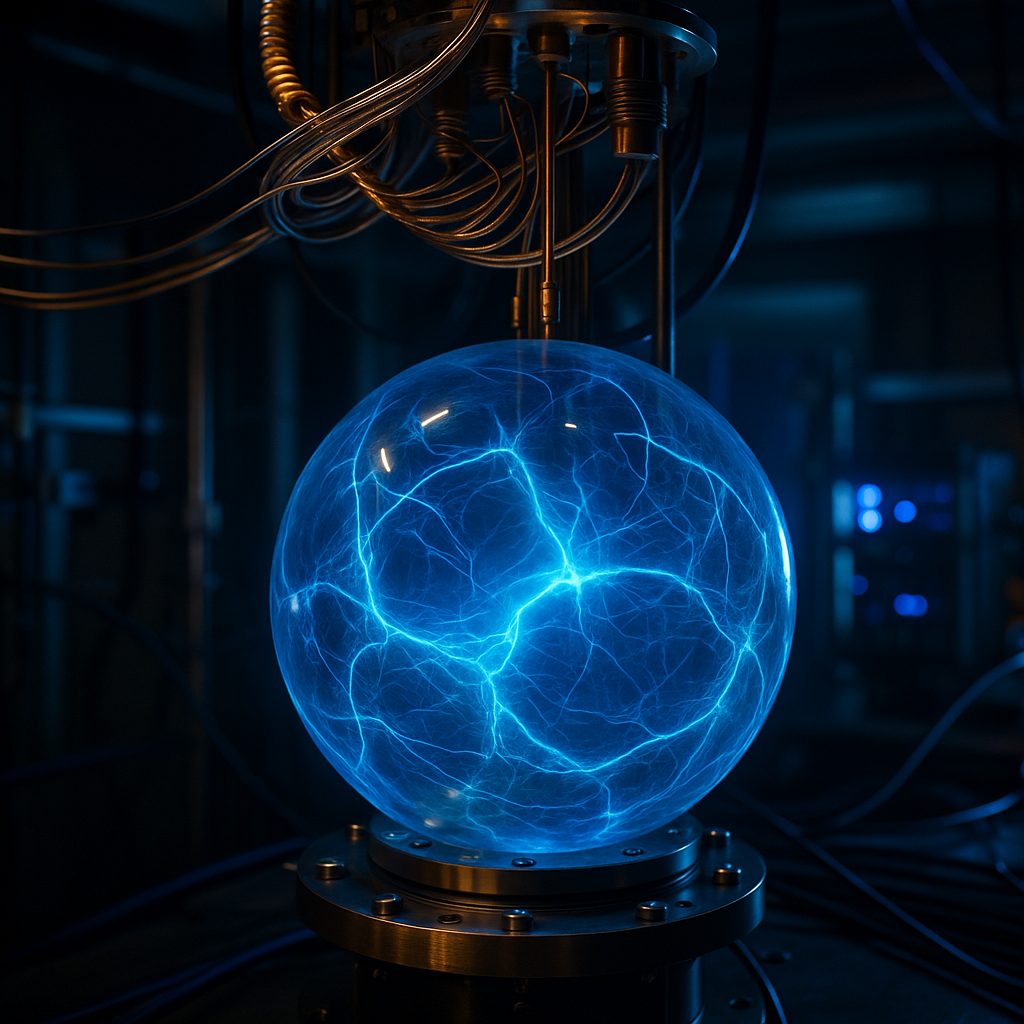
Visions of the Future
If we do pierce the veil, what then?
Imagine “dimensional tourism” for the ultra-wealthy: billionaires slipping into VR pods synced with quantum sensors, paying for a chance to glimpse impossible geometries — or the comforting face of a long-lost love.
Grief tech could expand from AI chatbots to full sensory reconstructions. Step into a room, don a headset, and walk through a perfect facsimile of your childhood home, Mom and Dad waiting by the fireplace.
Military and intelligence agencies would watch closely. Could a dimensional sensor detect stealth tech? Could “cross-dimensional interference” become a new battleground? Conspiracy forums already buzz about secret experiments at CERN and off-limits labs buried under mountains.
For the rest of us, the biggest shift may be existential: if death is not an end but a threshold, and technology can peek through — how do we live with that?
Closing: Peering Into the Unknown
In the end, the question is not just technical but deeply human.
The physicists, coders, and techno-shamans chasing the veil’s edge may never find ghosts or angels. Or they may discover that the true ‘other side’ is within us — the subconscious mind, the tangled quantum net that links every particle.
“Perhaps the veil is there for a reason,” says Dr. Anna Reiter, standing by her glowing orb in the Swiss lab. “Maybe we’re meant to wonder, not know.”
Yet in labs, garages, and forums around the world, people will keep trying. From the spiritualists of the 1800s to the quantum hackers of tomorrow, the dream endures: that just beyond the light, beyond the hum of machines and the flicker of screens, another reality waits for eyes ready to see.
Sources & References
- CERN — Large Hadron Collider experiments searching for extra dimensions (ATLAS, CMS)
- MIT, Caltech, and other universities researching quantum entanglement
- Hyperspectral imaging used in geology and biology (NASA, medical diagnostics)
- AI pattern recognition in physics anomaly detection (Google DeepMind, IBM Quantum)
- “God Helmet” experiments — Michael Persinger, Laurentian University
- Simulation theory — Nick Bostrom, University of Oxford
- Grief tech examples — Re;memory by DeepBrain AI, StoryFile’s virtual holograms
- Ganzfeld experiments (classic parapsychology research)
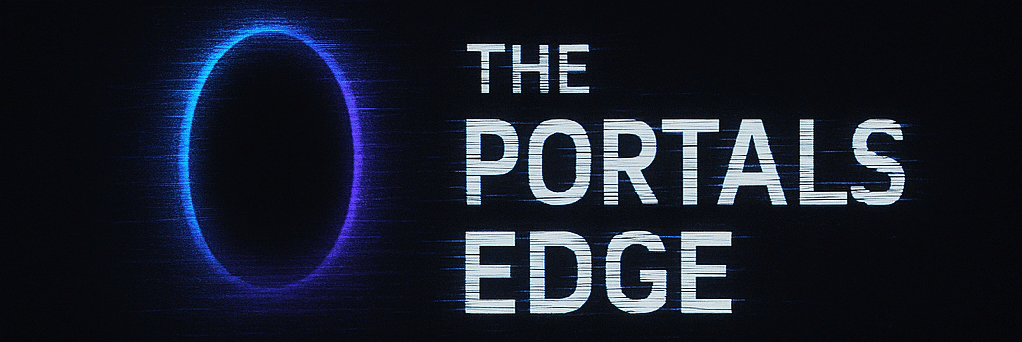
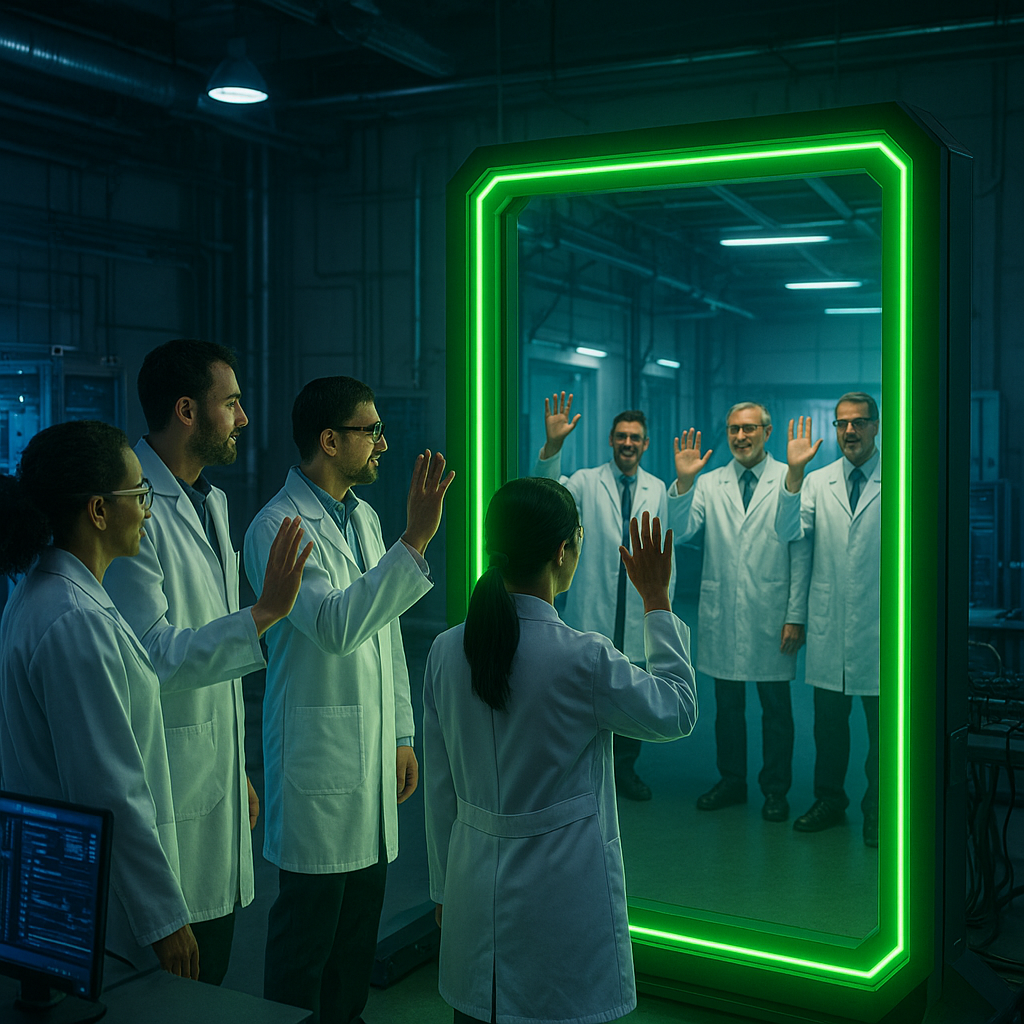
Leave a Reply